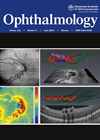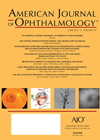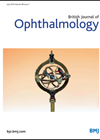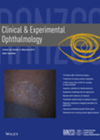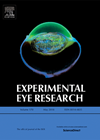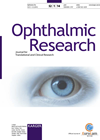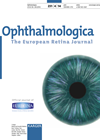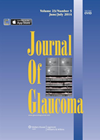
Journal Reviews archive for October 2014
Visual acuity after cataract surgery in AMD patients
The data from this study are obtained from the Age-Related Eye Disease Study (AREDS) 2 and analysed to evaluate if cataract surgery benefits patients with concurrent age-related macular degeneration (AMD). The AREDS 2 was a five year, prospective, multi-centre randomised...
Intraoperative floppy iris syndrome and prevalence of intraoperative complications
Alpha-blockers (particularly of the selective type) are known to be associated with intraoperative floppy iris (IFIS) and poor dilation, which can present in various severities during cataract surgery and need to be recognised in order to avoid intraoperative complications. Methods...
Anterior and posterior capsular opacification with the Tecnis ZCBOO and AcrySof SA60AT IOL
This a randomised, controlled, prospective and double-blind study comparing the anterior capsular opacification (ACO) and posterior capsular opacification (PCO) outcomes with two types of single-piece hydrophobic acrylic intraocular lenses (IOL), and AcrySof SA60AT – Group A, and Tecnis ZCBOO –...
LASEK vs. epi-LASIK for myopia: meta-analysis
Previous studies have produced inconsistent conclusions on the relative benefits between LASEK vs. Epi-LASIK. LASEK uses 20% alcohol to separate an epithelial flap from the Bowman membrane. After ablation, the epithelial flap is repositioned onto the cornea. Epi-LASIK creates the...
Inhibiting high-risk corneal allografts
The cornea is an immune privileged site and as such corneal transplants are very successful. However, in situations where this privilege is lost the failure rises substantially. To combat rejection inhibition of the immune responses depends on steroids and other...
Effect of preservative free fluoroquinolones on human corneal epithelial cells in vitro
Fluoroquinolones, including second generation (ofloxacin and ciprofloxacin), third generation (levofloxacin and tosufloxacin) and fourth generation (gatifloxacin and moxifloxacin), are a group of bactericidal agents used to treat multiple ocular infections. The third and fourth generation fluoroquinolones have enhanced Gram-positive activity...
Neurotrophic keratitis
The authors present an overview of the aetiology, diagnosis, current and future management options of neurotrophic keratitis. This is a degenerative corneal disease that occurs following the compromise of trigeminal innervation, leading to hypoesthesia and / or anaesthesia. The aetiology...
Adjunctive topical 5-FU vs. MMC for surgically excised, localised OSSN
Ocular surface squamous neoplasia (OSSN) comprises a range of dysplasia including corneal-conjunctival intraepithelial neoplasia and invasive squamous cell carcinoma. The traditional treatment for localised non-invasive OSSN has been surgical excision with or without intraoperative cryotherapy. Postoperative adjunctive topical chemotherapy significantly...
Comparison of false-negative responses in glaucoma patients and normal observers
The authors compared false negative rates for full threshold (FULL) and Swedish Interactive Threshold Algorithm (SITA) standard automated perimetry in healthy control subjects and glaucoma patients. Twenty-four subjects underwent visual field testing of one eye five times within six weeks...
Beliefs and adherence to glaucoma treatment
The aim of the study was to determine adherence rates and beliefs about glaucoma and its treatment in white Americans, African Americans, white Australians and Singaporeans of Chinese descent. A cross-sectional study of 475 glaucoma patients using topical eye drops...
Brimonidine day and night time IOP
The authors describe a randomised double masked study of 29 participants with ocular hypertension (OHT) who either self-administered 0.2% brimonidine or placebo three times daily for six weeks. Patients were seen during day time and night time visits and had...
Hyphema after trabeculectomy with MMC
The authors retrospectively reviewed the medical records of consecutive patients with glaucoma who underwent trabeculectomy with mitomycin C between June 2005 and December 2010 to determine the risk factors for hyphema after surgery. Of the 420 patients, 104 (24.8%) had...

